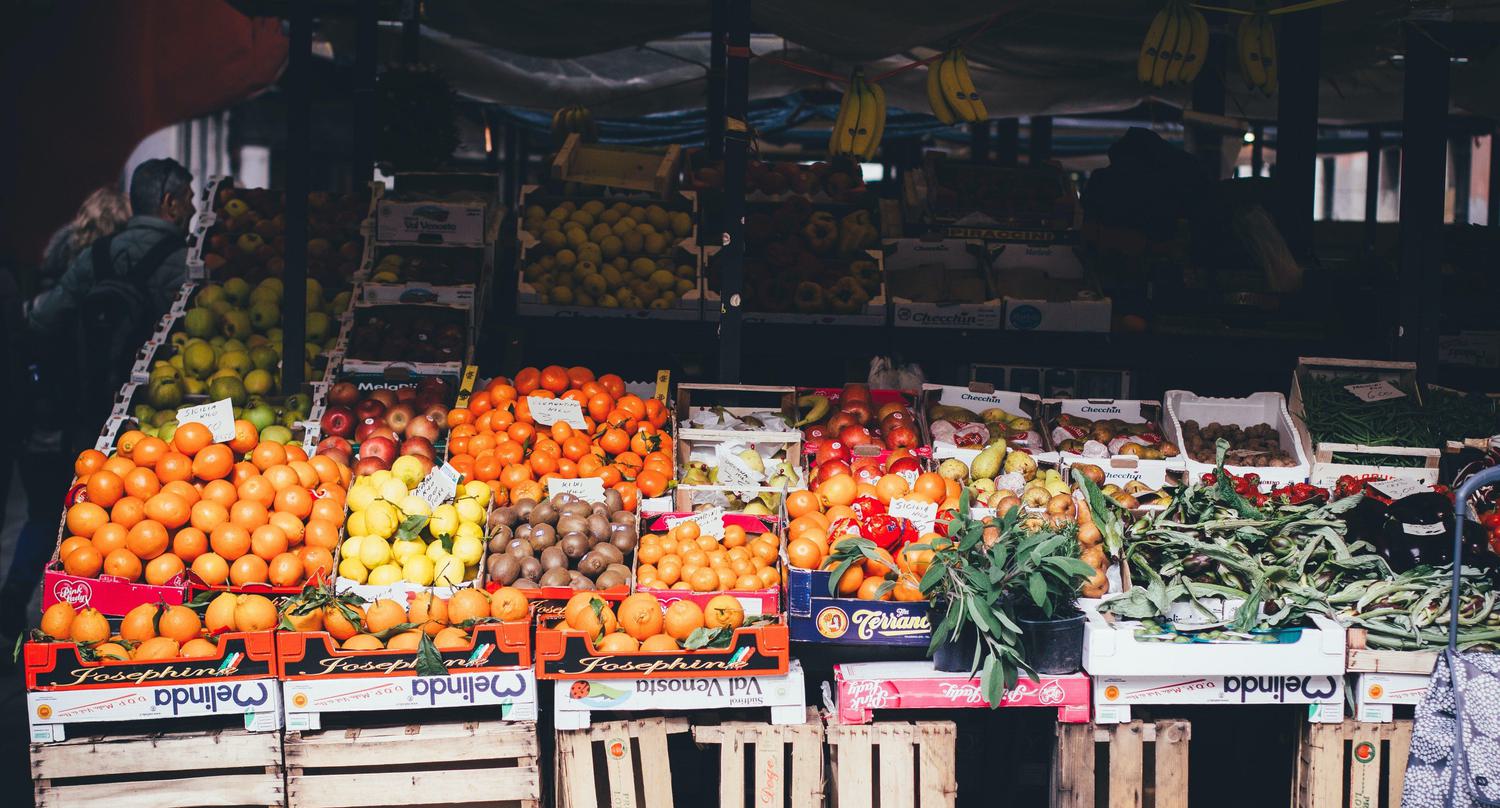A significant factor of sustainable living includes making the right choices when it comes to food. In the Cayman Islands, much of our food is imported, and a considerable amount of energy, fuel and water is used in the entire process of growing, distributing, storing and cooking our food.
On This Page
Although choosing local produce is a great way to offset this energy use, in Cayman we do not always have the option to do that. However, consciously eliminating food waste, can reduce the size of the ever-growing landfill.
Reducing Food Waste
Saving food also saves money, and by reducing the amount of food that you throw away, you are reducing packaging waste that will end up in the landfill. There are several ways to reduce food waste:
- Plans meals ahead Only buy what you’ll
actually eat (this is where a shopping list comes in handy).
Write specific ingredients on your list and amounts you need. Don’t over
buy and freeze what you cannot use.
- Check your pantry Before you do your grocery shopping, check what you already have.
- Store correctly Use reusable storage containers, keep those fresh herbs in water and freeze that bread before it goes blue!
- Cook with pulses Pulses are one of the cheapest items in the supermarket and they last much longer than meat. Pulses include: baked beans, lentils, chickpeas, garden peas, black-eyed peas, kidney beans, butter beans, haricots, cannellini beans, flageolet beans, pinto beans and borlotti beans.
- Substitute ingredients Following a recipe is helpful, but there’s no reason you can’t replace broccoli with cauliflower, green beans with peas or crème fraîche with sour cream in order to use up what's in your fridge.
Eat Localkeyboard_arrow_right
While it is unlikely that Cayman will ever stop relying on imported food, the local agribusiness is flourishing. Luckily, we are seeing a growth in the remarkable variety of locally-grown produce, from the exotic dragon fruit to the home-grown butternut squash!
Read MoreMeat-Free Monday
There are many benefits to cutting down on, or removing, meat from your diet: animal welfare, reducing your carbon footprint and improving your health to name just a few. Substituting meat for plant protein, vegetables or legumes can be more nutritious, contribute positively to the environment and, often, save you money. With the amount of plant-based alternatives on offer and access to meatless recipes, there's never been a better time to give it a go.
A good way to get started is Meat-free Mondays, a campaign launched by Sir Paul McCartney in 2009. The campaign's purpose is to draw attention to the negative environmental impact caused by eating meat and to encourage people to have at least one meat-free meal each week, reducing your carbon footprint, conserving precious natural resources and improving your health.
Check out this article on Plant-based Eating in Cayman for more information.
Grow Your Own
You can grow a whole range of fruits and vegetables, including tomatoes, leafy greens, herbs, eggplants, melons, bananas, mangoes and many more. The ideal growing season is November–April, when it’s cooler and drier; however, you will need to water the plants regularly and look out for pests. It is worth investing in sustainable agriculture equipment, employing vertical farming or aquaponic farming techniques. These relatively easy make-it-yourself structures provide both optimised plant growth and minimised water waste and land usage. You can pick up seeds or baby plants from any of the local nurseries, plus soil, organic pesticides and gardening tools. See the Shopping chapter for a list of garden centres.
Composting
Composting, the natural biodegradation of organic materials, is a good way to recycle your leftover food and food scraps. Compost is primarily used as a fertiliser in soil and can be useful to farmers, landscapers and nurseries. If you enjoy home gardening, making your own compost will certainly save you money on mulch and potting soil, and it is relatively easy to manage. Free coffee grounds can be collected from Starbucks to enrich your garden and compost. Composting systems, typically described as ‘bins’, come in a variety of different sizes, but you can also make your own. A.L. Thompson’s usually have composting bins in stock.
Indoor Composting
There are five components to indoor composting:
- Greens: Nitrogen-rich materials – vegetable/fruit trimmings, coffee grounds, eggshells
- Browns: Carbon-rich materials – leaves, twigs, paper/cardboard
- Soils: Helps break down the greens and browns
- Water: The texture of the compost pile should be that of a wrung-out sponge
- Air Content: supports the breakdown of plant material
Making Your Compost Bin
You can use a metal trash can or a plastic box as a compost bin, but the container needs to be covered.
- Drill some holes on the bottom and around the rim of the container and set it on slats or bricks to allow for air flow. Put some newspaper under the slats to collect any spills.
- Start off at the bottom of your container by layering it with coffee grounds, twigs or leaves or shredded newspaper.
- Next you can start adding your food scraps – vegetable trimmings, egg shells, banana peels etc. Making these scraps as small as possible helps them break down faster. Avoid dairy and meat products as these might cause odours and don’t break down as easily.
- Once the vegetable layer is complete, add a layer of soil. This helps with the decomposition and locks down the odour.
- Continue with these layers (newspaper, vegetable trimmings and soil) until the container is full.
- Once full, keep the container covered, make sure it is aerated (by mixing it every week) and check the moisture content – a little dampness is necessary to break down the waste.
- You will need two similar containers. You can start filling the second container while the first one is turning into compost.
For those interested, there are numerous blogs online that deal with different indoor composting methods.


